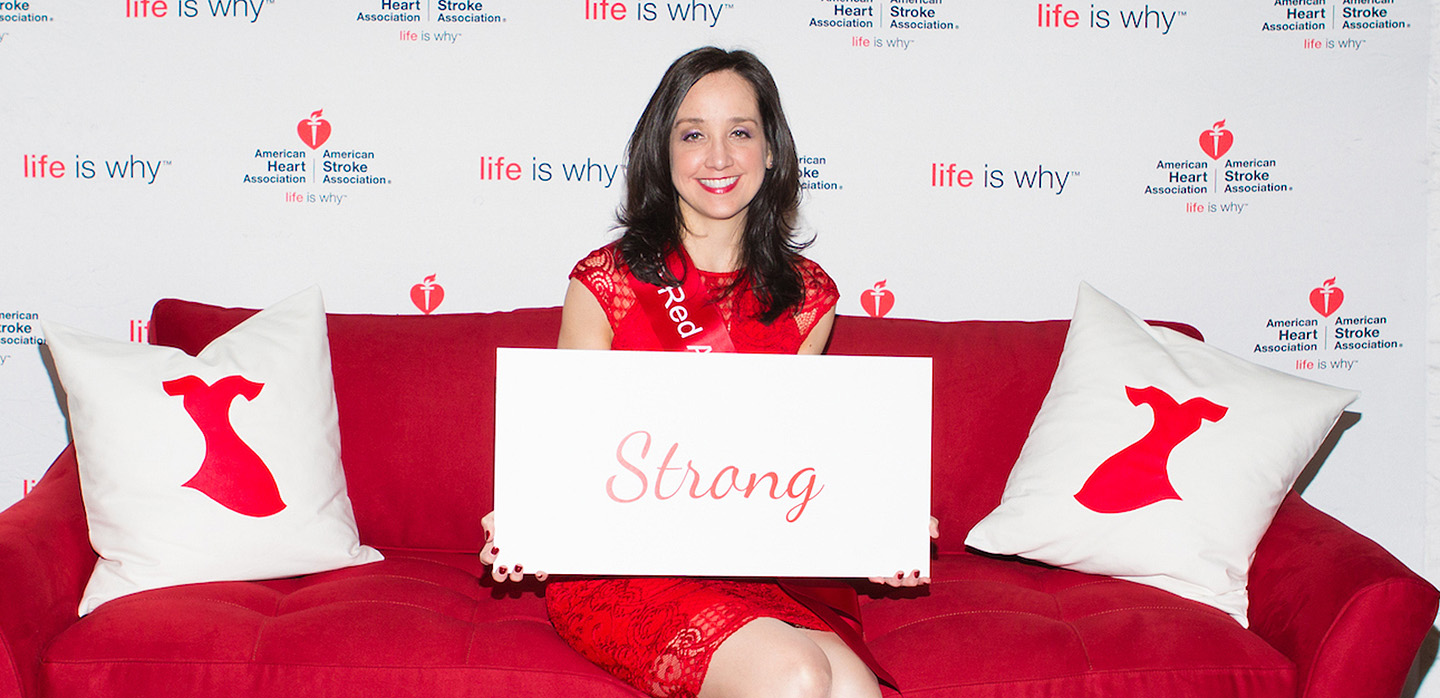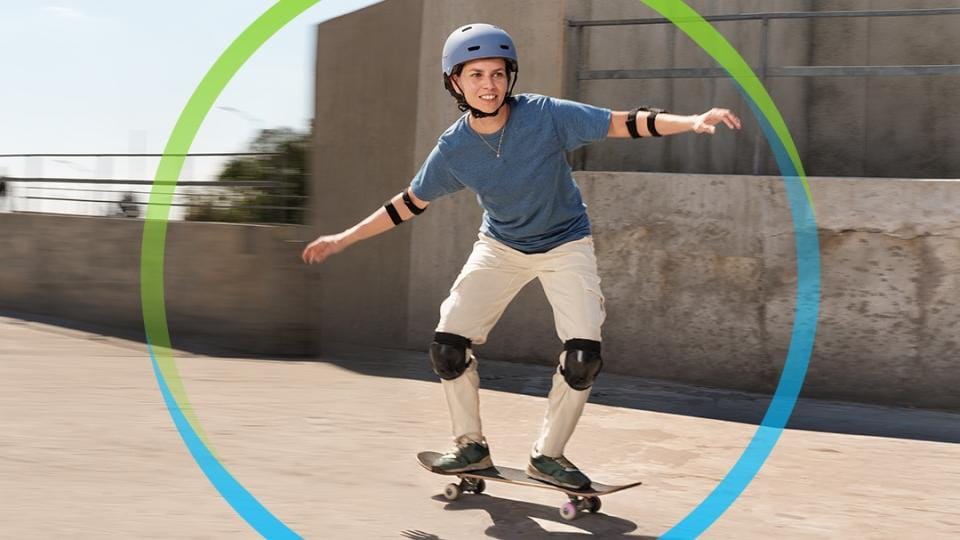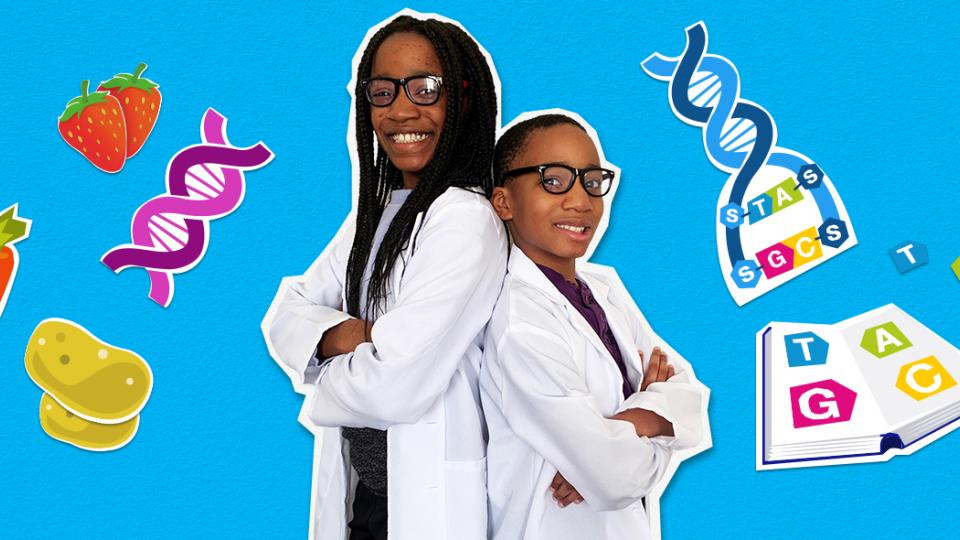How To Recognize A Stroke

Weakness, trouble speaking, vision problems, headache and dizziness – these are the most common warning signs of a stroke. As soon as the first indications appear, it’s vital to act quickly.
Stroke is a devastating condition that affects millions of people worldwide every year. The blood supply to part of the brain is cut off. Without rapid intervention, the affected brain cells risk becoming damaged and in the worst-case scenario can even die, affecting the functions controlled by that area of the brain. This may result in severe mobility impairments, paralysis, permanent loss of speech or vision, or even death.
What are the symptoms?
Knowing the signs and symptoms of a stroke is key to limiting the effects, as fast medical treatment is vital. Symptoms include:
- Numbness or weakness in the face, arm or leg, particularly on one side of the body
- Sudden trouble seeing out of one or both eyes
- Trouble walking, dizziness, loss of balance or coordination
- Severe headaches
- Problems with speech
In nine of ten cases, the FAST test helps you determine if someone is suffering from a stroke in just a few seconds. FAST stands for Face, Arms, Speech and Time.

Face: Ask the person to smile and pay attention to the corners of his mouth. Drooping on one side of the mouth is a typical indication the person is having a stroke.
Arms: The person should try to raise both arms to the same height if possible. Is he having difficulty carrying out this task? Is one arm paralyzed, for example?
Speech: Ask the person to repeat a straightforward sentence (e.g. “The sun is shining today.”). Is the person pronouncing the words clearly?
Time: If the person shows any of the above symptoms, dial emergency services immediately. Every second counts. Even if you merely suspect someone is having a stroke or you’re in doubt, ring immediately.





















